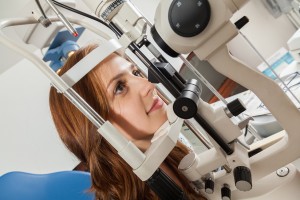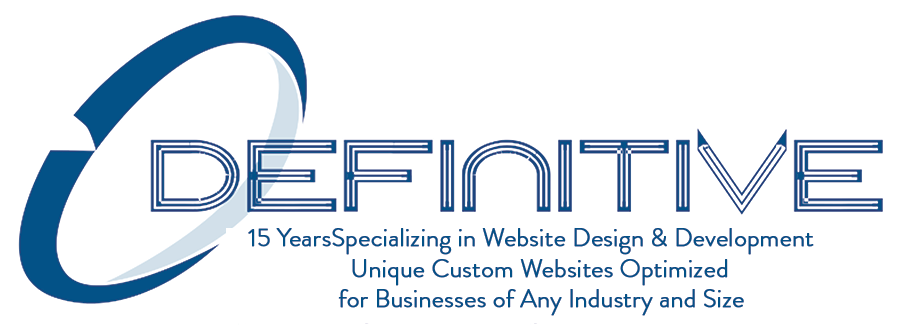Contact Lens technology has evolved rapidly – with today’s variety of Contact Lenses, there are lenses solutions for just about everyone. Before anything else, you should have a comprehensive Eye Examination for Contact Lenses. During this examination, Dr. David O’Day will check your vision for Refractive errors, commonly known as nearsightedness (Myopia), farsightedness (Hyperopia), or Astigmatism by measuring how the eyes focus when a series of different lenses are placed in front of them. He may also test for other age related eye diseases to make sure you are a candidate for Contact Lenses.
Contact Lens Choices
With so many Contact Lens choices, the first part of the consultation is a discussion with Dr. O’Day about your lifestyle and preferences regarding Contact Lenses. Once you have determined the type of Contact Lenses you want, the next step is the actual Contact Lens fitting.
- Colored Lenses: One choice that today’s Contact Lenses allow you to make is whether you want to change your eye color. Different eye colors are available with Contact Lenses. Custom Contact Lenses can be created to camouflage any color variation or irregularity and produce a natural eye color.
- Daily Wear/Extended Wear Lenses: Other options include whether you want Contact Lenses that are designed to be replaced daily or those which can be worn for more extended periods.
- Soft or Hard Lenses: Most people choose soft Contact Lenses for their ease and comfort. However, there are also advantages of hard or what are called Rigid Gas Permeable (GP) Lenses. All the specifics will be discussed prior to taking measurements during your Contact Lens fitting.
- Multifocal Contact Lenses: If you need Bifocals, you can even opt for Multifocal Contact Lenses or Monovision (one Contact Lens corrects your distance vision and the other lens corrects your near vision).
Contact Lens Fitting
While it may not be apparent, our eyes come in different sizes, and one Contact Lens size doesn’t fit all eyes. If the curvature of a Contact Lens is too flat or too steep for your eye’s shape, it could lead to discomfort or even damage to your eye. Dr. O’Day will take measurements and determine the best Contact Lens size and design for your eyes using the following techniques:
- Corneal Curvature: Many people who have a Cornea condition called Keratoconus have difficulty wearing traditional Contact Lenses. KeraSoft IC Lenses are a revolutionary soft lens that addresses the unique challenges of people with a variety of irregular corneal conditions, including Keratoconus as well as conditions due to post-graft and post-refractive surgery. Dr. O’Day will use an instrument called a Keratometer to measure the curvature of your eye’s clear front surface (Cornea). This measurement helps him select the best curve and diameter for your Contact Lenses.
- Irregular Eye Surface: Your eye’s surface may be somewhat irregular because of Astigmatism. But don’t worry if this is the case, you can still get special Contact Lenses known as a “Toric” Contact Lens. There are many brands of both hard and soft Toric Lenses, which are available in disposable, Multifocal, extended wear and colored versions.
- Corneal Mapping: Dr. O’Day will also perform a detailed mapping of the surface of your Cornea (Corneal Topography.) Corneal Topography provides precise details about the surface of your Cornea and creates a surface “map” of your eye, with different contours represented by varying colors.
- Pupil and Iris Size: The size of your pupil and iris (the colored part of your eye) is important in determining the best contact lens design for you, especially if you are interested in hard (GP) lenses. These measurements are taken with a lighted instrument called a Biomicroscope (also called a Slit Lamp) or simply with a hand-held ruler or template card.
- Tear Film Evaluation: In order to wear almost all types of Contact Lenses, you must have an adequate tear film to keep the lenses sufficiently hydrated. Dr. O’Day will place a liquid dye on your eye so your tears can be seen with a Slit Lamp. Dr. O’Day may also use a small paper strip placed under your lower lid to see how well your tears moisten the paper. If you have a condition known as Dry Eye (eyes that do not tear enough), most Contact Lenses will not work for you. If you produce some tearing, there are certain Contact Lens choices that you may be able to wear without a problem.
Next Steps
- Trial Lenses: No matter how comprehensive the Eye Examination for Contact Lenses, Dr. O’Day will give you a set of trial Contact Lenses to confirm that they are the right choice for your eyes. With Lenses in place, he will use the Slit Lamp to evaluate the position and movement of the Contact Lenses as you blink and look in different directions. You will also be asked how the lenses feel. Most people wear trial lenses for at least 15 minutes so that any initial excess tearing of the eye stops, and your tear film stabilizes. Then, you will learn about how to care for your Lenses and how long to wear them. You will also receive training on how to put in and take out your new lenses. While it may seem difficult at first, most people quickly learn how to use contacts lenses.
- Follow-Up Eye Examination: Dr. O’Day may schedule a follow-up visit so he can confirm the Contact Lenses you chose are fitting your eyes properly and that your eyes are able to tolerate Contact Lens wear. A dye may be used to see if the Lenses are causing damage to your Cornea or making your eyes become too dry. It is rare that Contact Lenses cause problems. But, with a follow up Contact Lens eye exam, Dr. O’Day will be able to detect any issues before they become big problems. Most problems that occur can be rectified by things such as trying different Contact Lenses or lens material, using a different lens care method, or adjusting your Contact Lens wearing time.
- Final Prescription: After finding the right Contact Lenses, Dr. O’Day will write a Contact Lens prescription for you. This prescription designates the Contact Lens power, the curvature of the lens (called the base curve), the lens diameter, and the lens name and manufacturer. In the case of GP contact lenses, additional specifications are included in the Contact Lens prescription.
- Future Eye Examinations: Even if the lenses are working fine, you should schedule a Contact Lens exam at least once a year to make sure your eyes are continuing to tolerate Contact Lens wear and show no signs of ill effects from the lenses.
No matter what your vision-related issues are, it is crucial to have a skilled, caring, and trusted health care provider. If you live in Mount Pleasant, North Charleston, and Myrtle Beach SC or surrounding areas, consider visiting Charleston Cornea & Refractive Surgery for a Contact Lens fitting or help with a variety of vision-related issues. Call us at (843) 856-5275 for more information.

